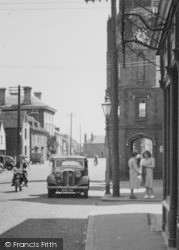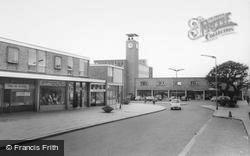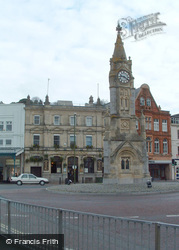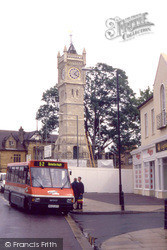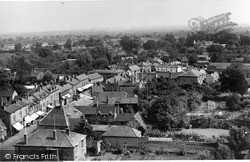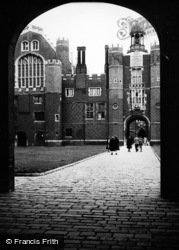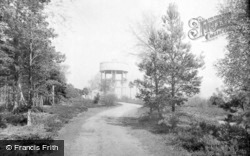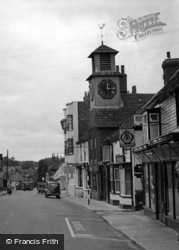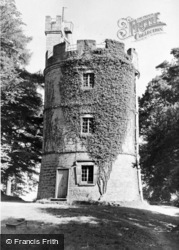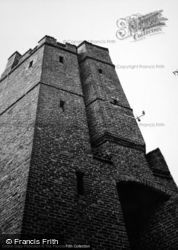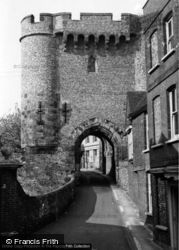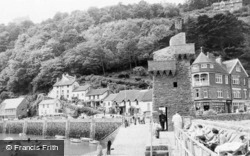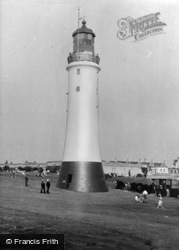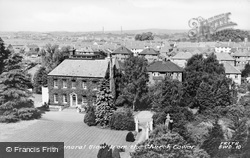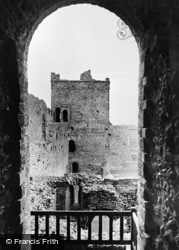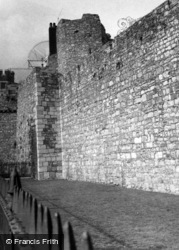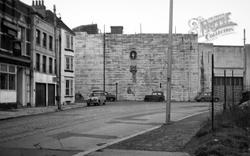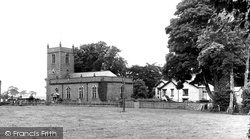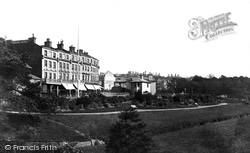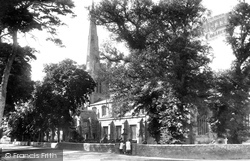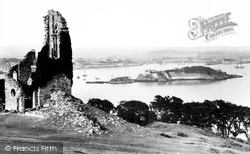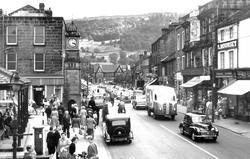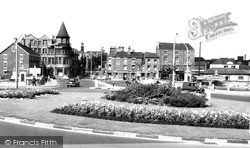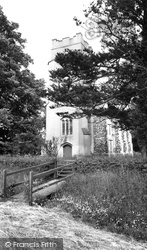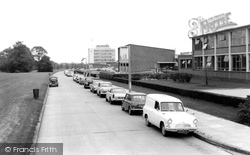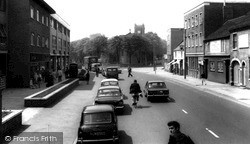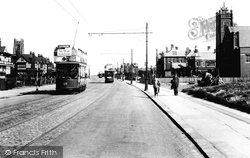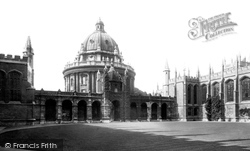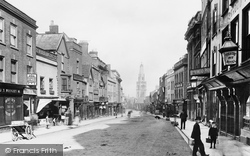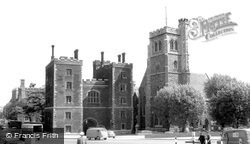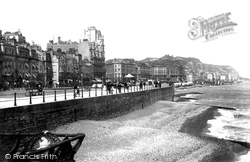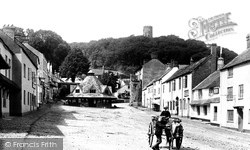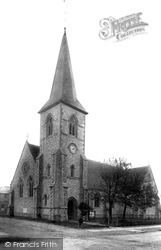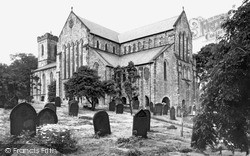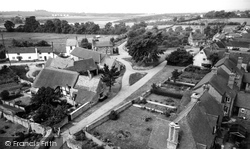Places
36 places found.
Those places high-lighted have photos. All locations may have maps, books and memories.
- Poplar, Middlesex
- Bow, Middlesex
- Bethnal Green, Middlesex
- Stepney, Middlesex
- Alton Towers, Staffordshire
- Isle of Dogs, Middlesex
- Limehouse, Middlesex
- Spitalfields, Middlesex
- Barjarg Tower, Dumfries and Galloway
- Bromley, Middlesex
- Stratford Marsh, Middlesex
- Tower Hill, Merseyside
- Tower Hill, Essex
- St George in the East, Middlesex
- Wapping, Middlesex
- Globe Town, Middlesex
- Old Ford, Middlesex
- Cubitt Town, Middlesex
- Tower Hill, Cheshire
- Tower Hill, Surrey
- Bow Common, Middlesex
- Mile End, Middlesex
- Millwall, Middlesex
- Ratcliff, Middlesex
- Warmley Tower, Avon
- Tower Hill, Hertfordshire
- Tower End, Norfolk
- Tower Hamlets, Kent
- Tower Hill, Devon
- Tower Hill, West Midlands
- Blackwall, Middlesex
- North Woolwich, Middlesex
- Hackney Wick, Middlesex
- Shadwell, Middlesex
- South Bromley, Middlesex
- Tower Hill, Sussex (near Horsham)
Photos
2,720 photos found. Showing results 1,301 to 1,320.
Maps
223 maps found.
Books
1 books found. Showing results 1,561 to 1.
Memories
637 memories found. Showing results 637 to 637.
Captions
3,036 captions found. Showing results 1,561 to 1,584.
A close inspection of the brickwork of St Bartholomew's Church reveals the date when the tower was built - 1702. The main body of the church was completed two years later.
The fine tower and spire of St Peter's Church dominated much of central Bournemouth, until unkind planners allowed the construction of too many large buildings nearby.
It was then that Roger Bigod III built the town wall, which was some 1200 yds in length and had a number of semi-circular towers.
The castle was founded in c1200, and the initial design is thought to have comprised two round towers, a square keep and a curtain wall.
The parish church of St Leonard has one of the finest towers in the county; the spire is 162 feet high.
The folly was constructed using stone from the tower of St Lawrence's church, which used to stand on the site now occupied by Royal William Yard in Stonehouse.
The bustle of what must have been a market day is evident in the thronging crowds around the clock-tower and the busy road.
The church was completed in 1906 by the addition of a tower.
The Academy building (far left) was sliced from its foundations and moved to the empty plot where the Tower Restaurant stood.
The tower, now rendered, was added in the Victorian period, and rather spoils the view.
Its most recognisable feature was its distinctive 125ft-high water tower holding 200,000 gallons (right); nicknamed 'the onion', it is still regarded as a local landmark.
The balustraded tower of St Thomas' church provides a nice focal point here. Originally built in 1750, it was so badly damaged by fire in 1902 that it had to be rebuilt.
The castle was founded in c1200, and the initial design is thought to have comprised two round towers, a square keep and a curtain wall.
Churches abound: on the left rises the tower of St Thomas's, to the right that of the Methodists.
The Wilts & Dorset Bank building is in the distant centre, towering over the roof of the parish church at the far end.
The tower displaying the college arms was designed by Hawksmoor. The Radcliffe Camera is one of the reading rooms for the Bodleian Library, its dome an outstanding landmark on the city's skyline.
Only the distinctive three-stage Perpendicular tower of St Nicholas Church, in the centre of the picture, serves as a major landmark in this street - it has been radically changed during the past half-century
this handsome building, for centuries the official residence of the Archbishops of Canterbury.The entrance is through a Gothic gateway, the ground floor of which was once a prison.The Lollard's Tower
The earlier stucco terraces are dominated by the towering Palace Hotel, which opened in 1886 with a busy roofscape and a French pavilion roof.
The tower on Conygar Hill was built in 1775 and gives a grand view across the bay.
A vestry was added in 1878, the tower, spire and three bells in 1891, and the clock two years later. The first vicar was the Rev Henry Floud.
Completed in 1789, All Saints' survived in its original form for less than sixty years before it was remodelled and the west tower added.
This is the view from the tower of the church; we are looking over the village green towards the south-west, with the old elm still in the centre.
The signpost makes a central focal point on the flat-topped ridge looking towards the solid tower of Cane Hill Hospital on the skyline.
Places (38)
Photos (2720)
Memories (637)
Books (1)
Maps (223)




